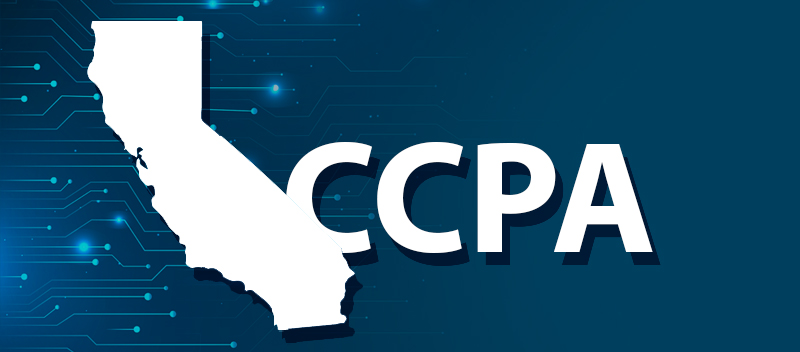Blog What is Compliance Risk Management
What is Compliance Risk Management

Many industries set guidelines for quality, that provides governance for the businesses that fall under their purview. These standards protect all parties from liability and quantify what is expected.
When an organization falls short of these strictures, it can face monetary or material losses, legal consequences, or other penalties, a situation known as compliance risk. The compliance risk management should be a high priority for any company operating in an industry where standards have been set.
Understanding the Compliance Risk Management Framework
There are different levels of compliant risk management. At the top tier are rigid industry regulations that are bolstered by laws. Violating these regulatory rules can result in significant fines, incarceration, or both.
The next step down from regulations is comprised of standards that are set by the industry itself. They dictate best practices that companies should follow, including digital security and data privacy. Failure to live up to these standards can result in a loss of accreditation and can ultimately result in a company’s inability to do business or market its products.
Corporations often also set their own internal standards via written documentation, policies, and protocols. Because these policies are dictated from within, they can be modified as needed. Furthermore, the consequences of violating them can be set forth by the management teams.
Since compliance and risk management is often a complex task that involves a thorough understanding of legal, industry-specific, and internal issues, many corporations hire a dedicated compliance manager whose work involves research and review of all relevant laws and standards and the subsequent creation of a risk assessment program.
With this compliance risk management framework in hand, the company will be equipped to evaluate the potential for risk, determine how much risk it is able to tolerate, and estimate and minimize its impact. The success with which the organization accomplishes these tasks should be regularly monitored via third-party assessments.
What is Compliance Risk?
In a utopia where infinite resources exist, your company would follow all regulations, standards, and internal procedures 100 percent of the time. However, there is not one single real-world business that can expect to achieve that lofty goal. Compliance risk management is the art and science of balancing the risks you cannot afford to breach against those that you can live with and manage. Since your company has a unique set of needs, systems, controls, and priorities, it is important that you arrive at compliant risk management solutions that are tailored to your requirements.
How to Develop Your Strategy
Your initial job involves taking a long look at what your company does. Think about the customers you serve, the financial, technological, and human resources on hand, the services you provide and the dangers that are involved should difficulties arise in any of these areas. Armed with this information, you can begin to determine which risks must be eliminated right away, the impact of which can be minimized, and which you are willing to accept or transfer to a third party.
Now that you have identified goals and the threats they face, you must set the compliance policies and procedures that dictate the consequences of noncompliance. Of course, these will vary according to the level of risks to which they pertain. For instance, the ramifications of failing to adhere to federal regulations will probably be much direr than would mistakenly overstepping the bounds of an internal procedure.
Your ongoing task with compliant risk management involves flexibility. Your management team needs to be able to identify when change occurs so that you can adjust operations procedures and mitigate risk accordingly. In addition, it makes sense to implement policies for risk mitigation that take your entire organization into account.
By integrating tools and procedures in this way, you can help to ensure that all stakeholders have equal access to the information they need in order to comply with regulations and standards. With these enterprise-wide solutions, costs and risks can be reduced while customer satisfaction may rise.
The ultimate compliance risk management framework is nimble and unique to your company’s needs and priorities. It uses your available skills and technology for monitoring data content and procedures, ensuring that the appropriate managers are notified of red flags or other inconsistencies in a timely fashion. Throughout the process, staff-wide buy-in and collaboration are encouraged.
This necessitates robust communication and clear training protocols for all procedures. With time, attention, and hard work, this set of guidelines will morph into a corporate culture of compliance that will serve to facilitate compliance whenever possible and risk mitigation when appropriate.
Contact TrustNet for more information about our compliance solutions. Schedule a call with an industry expert.
Building Trust and Confidence with TrustNet.
TrustNet has performed hundreds of Assessments and has tremendous experience successfully guiding businesses through the process.




